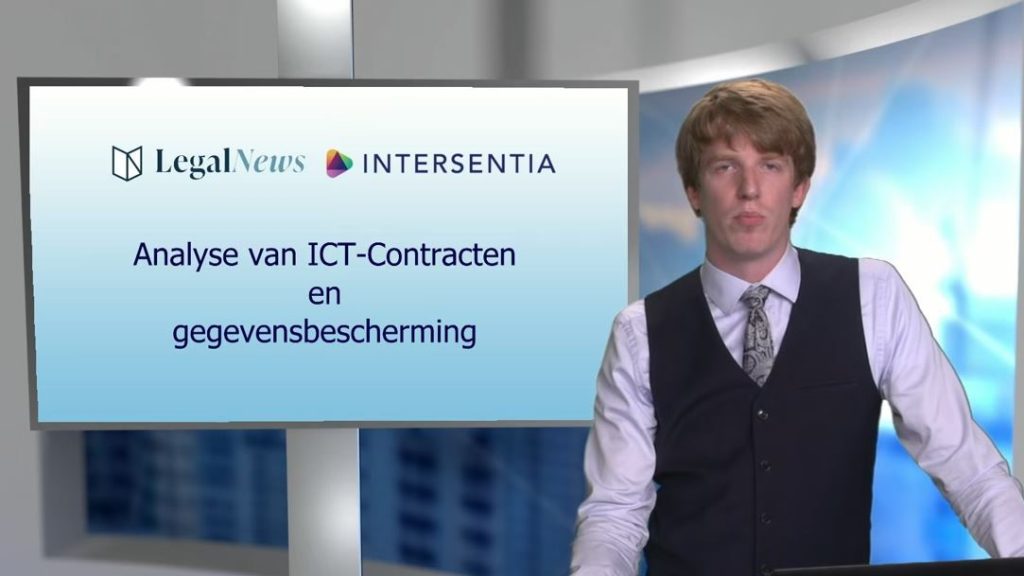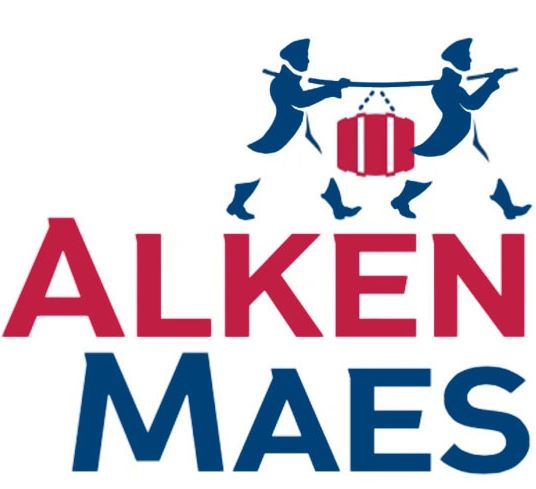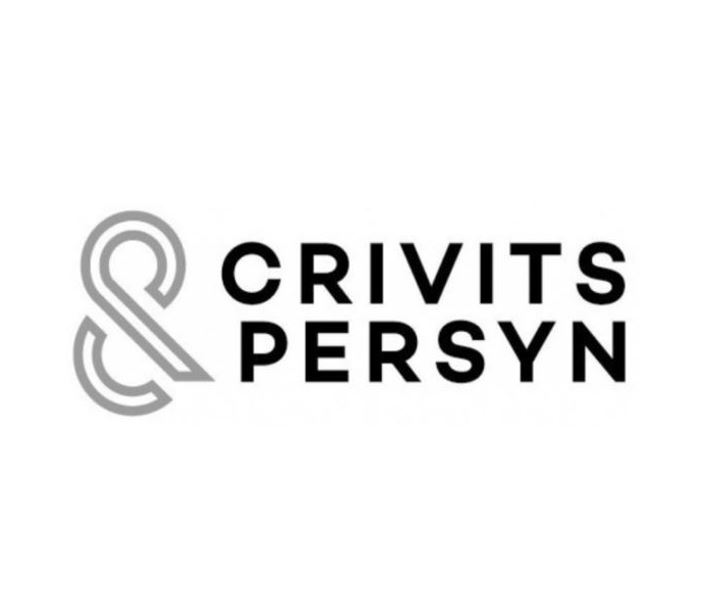Intellectuele eigendomsrechten in de onderneming:
wie is eigenaar van door werknemers en dienstverleners ontwikkelde creaties?
Dr. Nele Somers (ARTES) en mr. Veerle Scheys (Mploy)
Webinar op dinsdag 23 april 2024
Aandachtspunten bij het opstellen
en analyseren van ICT-contracten
Mr. Lynn Pype en mr. Liesa Boghaert (Timelex)
Webinar op donderdag 16 mei 2024
Handelspraktijken en consumentenbescherming:
recente topics onder de loep
Dr. Stijn Claeys en mr. Arne Baert (Racine)
Webinar op vrijdag 30 augustus 2024
The Court of Justice strengthens the uniform protection of unitary IP rights (NautaDutilh)
Authors: Philippe Péters, Tanguy de Haan, Vincent Wellens, Charles Gielen and Anne Marie Verschuur (NautaDutilh)
Date of publication: 02/10/2017
The Court of Justice has just rendered a crucial decision on the jurisdiction of the Community design and model courts over European co-defendants and the national law applicable to the measures sought (Court of Justice of the European Union, 27 September 2017, C 24/16 and C-25/16, EU:C:2017:724, Nintendo v BigBenInteractive GmbH and BigBen Interactive SA).
This decision further contributes to ensuring uniform protection of unitary IP rights.
The facts can be summarised as follows.
Nintendo holds various Community design and model rights for accessories for video game consoles, such as remote controls. It brought infringement proceedings in Germany against two companies: BigBen France, the parent company, and BigBen Germany, its subsidiary. BigBen France produces remote controls and other accessories and sells them, on the one hand, on its website, directly to consumers in France and the Benelux and, on the other hand, to BigBen Germany, which in turn sells them in Germany and Austria. BigBen Germany does not hold products in stock; BigBen France is responsible for delivering all products ordered through BigBen Germany.
Nintendo sought an injunction against both co-defendants, prohibiting them from distributing products that infringe its rights, as well as other related measures (production of accounts, indemnification, destruction and recall of the goods, publication of the decision and reimbursement of legal fees). Nintendo asked that these measures extend, with regard to each co-defendant, to the entire territory of the European Union.
The German court submitted a preliminary question to the Court of Justice regarding its jurisdiction to grant measures with pan-European effect with respect to the two co-defendants. It also wished to know which national law should be applied to the measures requested in relation to the injunction.
Jurisdiction over co-defendants
The Court’s answer to the question of jurisdiction is crystal clear. As from the time multiple European co-defendants are validly summoned before the court of the place where one of them is domiciled (due to the fact that the claims are so closely connected that it is expedient to hear and determine them together), this court has jurisdiction over all defendants and can rule on acts of infringement that have been committed or are threatened “on the territory of any Member State”; in other words, for the entire European Union.
The German court thus has jurisdiction to order all measures sanctioning the acts of infringement committed by the French and German companies.
Law applicable to the related measures sought
To sanction the infringement of a Community design or model, the Community Design Regulation (CDR) provides, on the one hand, for measures prohibiting infringing acts and seizure but refers, on the other hand, to “national law” for all other related measures (production of accounts, indemnification, destruction and recall of the goods, publication of the decision and the reimbursement of legal fees). The question thus arises as to which national law applies to these related measures when a defendant infringes a Community design or model at different places in the European Union.
The Court answered that, under these circumstances, Article 8.2 of Regulation No 864/2007 (“Rome II”) should be applied and therefore that the applicable law, for any question not governed by the CDR, is that of the country in which the act of infringement was committed.
To identify the country in which the act of infringement was committed, reference should not be made to each alleged act of infringement but rather it is necessary to carry out an “overall assessment of that defendant’s conduct in order to determine the place where the initial act of infringement at the origin of that conduct was committed or threatened” (paras. 103 and 109). The court may also use “a single connecting factor linked to the place where the act of infringement at the origin of several acts alleged against a defendant was committed or threatened” (para. 104).
When an operator offers allegedly infringing products for sale online, the place where the event giving rise to the damage occurs is “the place where the process of putting the offer for sale online by that operator on its website was activated” (para. 108).
Comments
The holding of this decision in relation to Community designs and models can certainly be extended by analogy to European trade marks. The Court itself emphasises the “similarity of the [relevant] provisions” in the CDR and the EUTMR (para 54).
This decision further contributes to ensuring uniform protection of unitary IP rights This holds true both for the question of jurisdiction over all co-defendants and determination of the law applicable to measures related to a pan-European injunction.
» Bekijk alle artikels: IT & IP
















